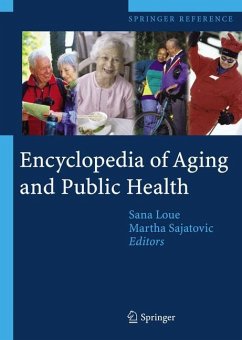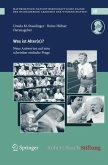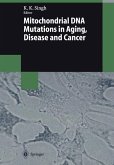People are living longer, and the elder population is growing larger. To meet the ongoing need for quality information on elder health, the Encyclopedia of Aging and Public Health combines multiple perspectives to offer readers a more accurate and complete picture of the aging process.
The book takes a biopsychosocial approach to the complexities of its subject. In-depth introductory chapters include coverage on a historical and demographic overview of aging in America, a guide to biological changes accompanying aging, an analysis of the diversity of the U.S. elder population, legal issues commonly affecting older adults, and the ethics of using cognitively impaired elders in research.
From there, over 425 entries cover the gamut of topics, trends, diseases, and phenomena: Specific populations, including ethnic minorities, custodial grandparents, and centenarians; core medical conditions associating with aging, from cardiac and pulmonary diseases to Parkinson's and Alzheimer's; mental and emotional disorders; drugs/vitamins/alternative medicine; disorders of the eyes, feet, and skin insomnia and sleep disorders; malnutrition and eating disorders; sexual and gender-related concerns and a broad array of social and political issues, including access to care, abuse/neglect, veterans' affairs, and assisted suicide.
Entries on not-quite-elders' concerns (e.g., midlife crisis, menopause) are featured as well. And all chapters and entries include references and resource lists.
The Encyclopedia has been developed for maximum utility to clinicians, social workers, researchers, and public health professionals working with older adults. Its multidisciplinary coverage and scope of topics make this volume an invaluable reference for academic and public libraries.
The book takes a biopsychosocial approach to the complexities of its subject. In-depth introductory chapters include coverage on a historical and demographic overview of aging in America, a guide to biological changes accompanying aging, an analysis of the diversity of the U.S. elder population, legal issues commonly affecting older adults, and the ethics of using cognitively impaired elders in research.
From there, over 425 entries cover the gamut of topics, trends, diseases, and phenomena: Specific populations, including ethnic minorities, custodial grandparents, and centenarians; core medical conditions associating with aging, from cardiac and pulmonary diseases to Parkinson's and Alzheimer's; mental and emotional disorders; drugs/vitamins/alternative medicine; disorders of the eyes, feet, and skin insomnia and sleep disorders; malnutrition and eating disorders; sexual and gender-related concerns and a broad array of social and political issues, including access to care, abuse/neglect, veterans' affairs, and assisted suicide.
Entries on not-quite-elders' concerns (e.g., midlife crisis, menopause) are featured as well. And all chapters and entries include references and resource lists.
The Encyclopedia has been developed for maximum utility to clinicians, social workers, researchers, and public health professionals working with older adults. Its multidisciplinary coverage and scope of topics make this volume an invaluable reference for academic and public libraries.
From the reviews:
"This is a multiauthored encyclopedia on aging from a public health perspective. ... It is intended as a reference for practitioners caring for older persons, public health officials, and persons involved in planning for older persons. The authors have created a handsome book. There is a broad audience for this book -- trainees in social, nursing, and medical fields, public health officials, and planners for older persons can all use this book. ... it will appeal to a wide readership." (David O. Staats, Doody's Review Service, August, 2008)
"This is a timely publication as the need for accurate and up to date information in this area is particularly acute due to the ever-increasing proportion of older adults that makes up the population. ... This work is written specifically for clinicians and researchers working with adults over the age of fifty, public health professionals, epidemiologists, nurses, psychologists and social workers.Its multidisciplinary coverage and scope of topics make it a useful resource for a library as a quick reference source ... ."(Lindsey Curtis, Reference Reviews, Vol. 22 (7), 2008)
"This is a multiauthored encyclopedia on aging from a public health perspective. ... It is intended as a reference for practitioners caring for older persons, public health officials, and persons involved in planning for older persons. The authors have created a handsome book. There is a broad audience for this book -- trainees in social, nursing, and medical fields, public health officials, and planners for older persons can all use this book. ... it will appeal to a wide readership." (David O. Staats, Doody's Review Service, August, 2008)
"This is a timely publication as the need for accurate and up to date information in this area is particularly acute due to the ever-increasing proportion of older adults that makes up the population. ... This work is written specifically for clinicians and researchers working with adults over the age of fifty, public health professionals, epidemiologists, nurses, psychologists and social workers.Its multidisciplinary coverage and scope of topics make it a useful resource for a library as a quick reference source ... ."(Lindsey Curtis, Reference Reviews, Vol. 22 (7), 2008)








